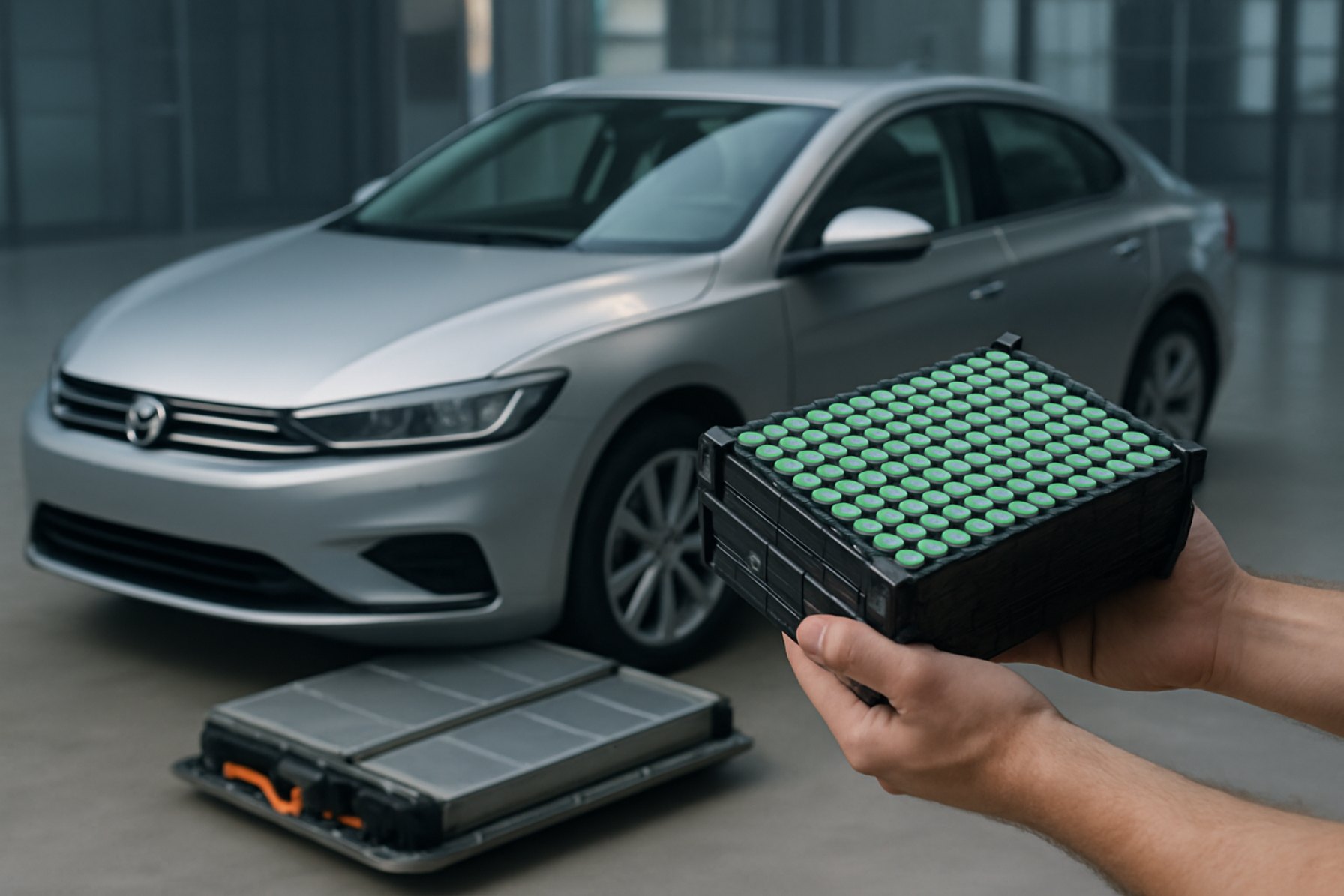Machine Learning Unlocks Next-Gen EV Batteries—Promises 50% More Range and Game-Changing Safety by 2025
Researchers harness AI to develop solid-state batteries with 50% more range, longer lifespan, and vastly improved safety for electric vehicles.
- +50% Potential EV Range: Solid-state batteries could extend single-charge mileage by half.
- AI-Driven Discovery: Neural networks accelerate new battery material identification by 100x.
- Safer Technology: Solid electrolytes greatly reduce fire risks compared to conventional lithium-ion batteries.
The future of electric vehicles may have just shifted gears, thanks to a stunning leap in battery technology fueled by artificial intelligence. Scientists from the Skolkovo Institute of Science and Technology (Skoltech) and the AIRI Institute have pioneered a machine learning-driven approach to discover high-performance materials for revolutionary solid-state batteries.
Powering this innovation is a network of advanced AI algorithms, capable of screening thousands of potential materials at lightning speed—an unimaginable task for traditional chemistry methods.
The result? Electric vehicles (EVs) brimming with batteries that hold up to 50% more charge, last longer, and boast remarkable safety improvements.
Interested in the broader impact on clean transportation? Explore more at Tesla and the latest green tech coverage on Bloomberg.
Q&A: What Makes Solid-State Batteries a Game-Changer?
Solid-state batteries swap out the flammable liquid electrolytes in current lithium-ion batteries for durable, ceramic-like materials. This instantly slashes fire risk—a major concern for both automakers and consumers.
These new batteries don’t just promise safety. They pack a serious punch in energy density, potentially stretching EV range by up to 50%. For drivers, that means more time on the road and less time tethered to a charging cord.
How Does Machine Learning Speed Up Battery Innovation?
Historically, finding suitable materials for these batteries was a painfully slow process. Quantum chemistry simulations could take weeks for just a handful of candidates.
Now, machine learning models like graph neural networks can rapidly sift through thousands of material options—identifying those with prime properties for solid-state electrolytes and protective coatings in a matter of hours.
This turbocharged pace could put advanced batteries in mass-market EVs far sooner than previously thought.
What’s the Role of Protective Coatings?
Even the toughest solid electrolytes need defense. Lithium metal, used for high-performance anodes, is fiercely reactive. Without a protective coating, it can degrade the electrolyte or trigger short circuits.
AI models have highlighted promising materials, such as Li3AlF6 and Li2ZnCl4, that act as shields, preserving battery structure and maximizing longevity.
How Will This Transform EVs and Electronics by 2025?
With these breakthroughs, future EVs could travel farther, charge faster, and enjoy longer lifespans—all while increasing driver safety. The benefits extend to smartphones, wearables, and even grid storage, potentially revolutionizing the entire landscape of portable power.
Want to keep up with the latest tech leaps? Dive into global trends at Engineering.com or discover innovation updates from MIT Technology Review.
How Can You Follow Battery Innovations in 2025?
– Sign up for science and tech newsletters.
– Track EV announcements from major manufacturers.
– Watch for regulatory shifts boosting solid-state battery production.
– Follow peer-reviewed journals for research updates.
Get Ready for a New Era in Clean Energy — Is Your Next Car Powered by AI-Optimized Batteries?
- ✔️ Learn about solid-state battery safety benefits
- ✔️ Explore automaker plans for integrating AI-built batteries
- ✔️ Stay alert for new EV range and charging features
- ✔️ Subscribe to authoritative tech news for regular breakthroughs
